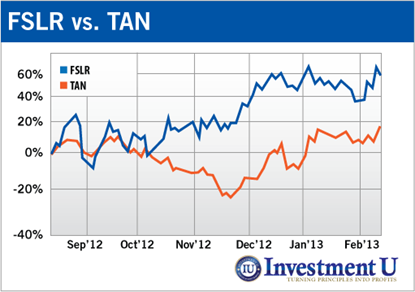ETFs Uncle Sam’s Kind of ETF
Post on: 28 Июнь, 2015 No Comment

What You Need to Know About Treasury Bond ETFs
You can opt-out at any time.
Please refer to our privacy policy for contact information.
When a corporation needs to raise capital, it can issue debt in the form of corporate bonds. So what can the US government do to raise capital (not capitol)? Issue treasury bonds. And what better way to invest in theses bonds than a U.S. Treasury Bond ETF.
Any investor can buy a treasury bond, but there are a lot of complexities that go along with that type of investment. Selection, duration, interest rate, brokerage fees, taxes, etc. However, one alternative is a treasury bond index. But again, indexes aren’t the simplest instrument to trade either. Price chasing, baskets, volatility, to name a few. Then there’s treasury bond mutual funds. Not a bad choice, but what if I told you there are a lot of disadvantages when it comes to mutual funds and there is a possible stronger investment?
Enter US Treasury bond ETFs. Simpler than buying an index, easier than selecting a particular treasury bond, and a potential winner in the battle against mutual funds. Treasury funds are a type of bond ETF that track specific indexes consisting of federal bonds.
There are treasury bond ETFs based on duration. Some treasury ETFs are leveraged funds. And you can even play the short side with inverse treasury ETFs. So your choices aren’t limited.
And then there’s the tax advantages. ETFs have tax benefits in general, but treasury bond ETFs have an added tax incentive since the interest from treasury bonds (in most cases) is not taxable.
Want another reason to trade treasury bond ETFs? How about bond ETFs that focus on TIPS (Treasury Inflation Protected Securities). These types of bond ETFs pay interest equal to the consumer price index (CPI) with a premium. So TIPS have a tendency to outperform regular bonds during times of inflation.
But wait, there’s more. Bond ETFs create a revenue stream, diversify and sometimes stabilize a portfolio due to their security. and treasury bond ETFs tend to have lower expense ratios.
Now no ETF is without its disadvantages. and treasury bond ETFs are no exception. Since US Treasury bonds are secure, they tend to have a lower interest rate or a lower revenue stream for your portfolio. Also, since the interest isn’t taxed, the after-tax return could be inflated for some portfolios.
However, if you think treasury bond ETFs are a good match for your trading strategy then feel free to peruse my list of US treasury bond ETFs. Or if you prefer to see more bond funds, I have a complete list of bond ETFs as well.














